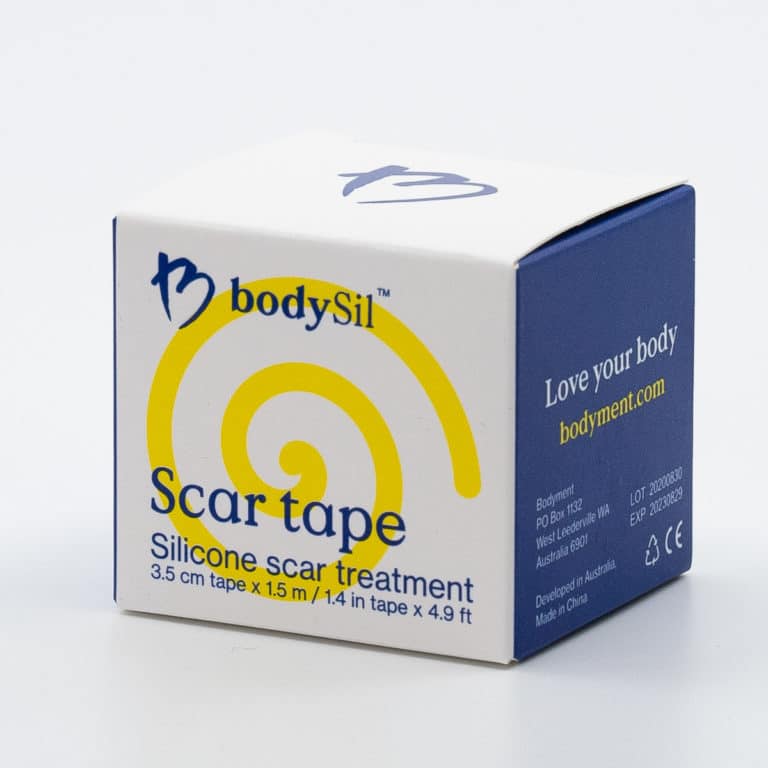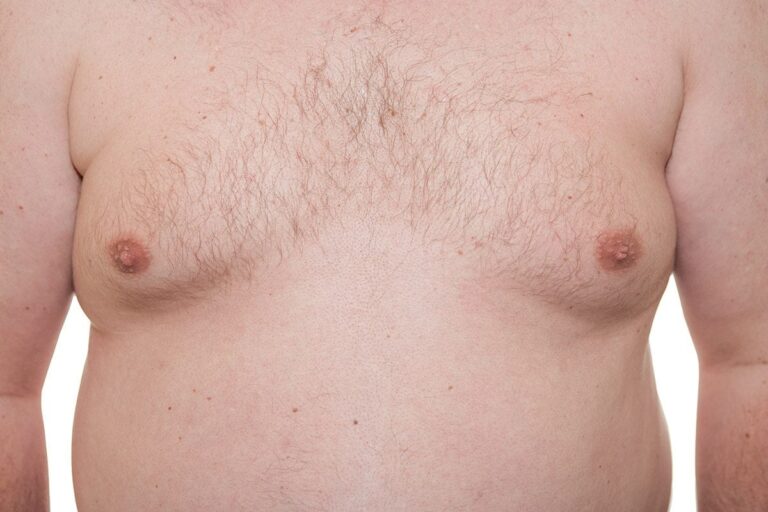Anyone diagnosed with lymphedema will understand the challenges that come with it. Although this a lifelong condition, lymphedema can be managed successfully. Medical-grade compression stockings help reduce any swelling or aching that you’ll experience.
To boost your physical health, Bodyment has developed a comprehensive lymphedema treatment guide below. Continue reading to find out how you can also live healthily and happily!
What is Lymphedema ?
Lymphedema is a long-term condition where swelling occurs in specific areas of the body. Common regions include the legs, stomach, and arms. These symptoms can negatively impact body image, mobility, and self-confidence.
Lymphedema arises when there is a disruption to the lymphatic system. Networks of vessels guide lymph fluids throughout the body. There are three main purposes of the lymphatic system, which includes:
- Regulating body fluids
- Assisting with the body’s immune system
- Processing fats
If the lymphatic system is disrupted, it can’t effectively regulate the flow of the lymph fluids within the body. When this happens, fluids, proteins, and other compounds begin to pool throughout the regions of the body. Ultimately, leading to the swelling seen in lymphedema.
What causes Lymphedema?
There are two leading causes of Lymphedema, which can be classified into 2 categories – primary or secondary. There can be situations where your lymphedema is both primary and secondary.
Primary lymphedema occurs through genetic abnormalities of the vessels of the lymphatic system. Depending on when the lymphedema occurs, there are 3 subcategories of primary lymphedema.
- Congenital lymphedema: Occurs at birth and can become noticeable after 2 years of age
- Lymphedema praecox: Occurs during puberty
- Lymphedema tarda: Occurs above the ages of 35
Secondary lymphedema happens when the body’s lymphatic system is extremely distressed or damaged. Examples of these causes include:
- Cancer and/or radiotherapy treatment
- Surgery on the lymphatic system
- Infection
- Fracture or injury near the lymphatic system
- Cardiovascular conditions
- Inflammation
- Being physically inactive
Early signs of lymphedema
As lymphedema is a progressive condition, its initial or earlier stages may be harder to diagnose. If you experience any of the signs or symptoms below, you should consult a general practitioner or physician for an appropriate assessment.
- Temporary swelling in a limb or other body region(s)
- Discomfort and aching, particularly in the limbs
- Jewelry, clothes, and shoes may begin to feel tighter
- Reduce flexibility
- Worsening of the above symptoms during sustained positions, hot days, and overuse.
Signs and symptoms of lymphedema
The most apparent symptoms of lymphedema are swelling in the arms and legs. Other common areas that can retain fluid include fingers, feet, neck, head, and abdomen. In some situations, when left untreated lymphedema can also lead to:
- Infections
- Cellulitis
- Lymphangitis
- Skin ulcers
- Blisters
- Skin chings and discolouration.
Although lymphedema is a physical and medical condition, many sufferers will also report of psychological impact. Drastic changes to the body can lead to poor body image, low self-esteem, stress, anxiety, and even depression. Talking to your support networks, such as fellow lymphedema sufferers and GPs, can help alleviate psychological and emotional distress.
Stages of Lymphedema
Lymphedema is categorised under 4 stages, which increases with the severity of the condition. Most doctors will use the staging system from the International Society of Lymphology (ISL) to determine the most appropriate treatment. The grading may increase if the condition begins to progress. Below will be a summary of the stages.

Lymphedema Stage 0 – Latency or Subclinical Stage
Stage 0 is essentially when the condition is dormant. Although the lymphatic system has been compromised, most people will be asymptomatic and not notice any significant swelling. Some people may begin to complain of heaviness and aching in their arms and legs. Consulting your GP is recommended for appropriate.
Lymphedema Stage 1 – Mild stage
During this stage, swelling may begin to occur in the arms and legs. Fluid retention will usually subside when you elevate the affected limb. Another common indication is pitting, which occurs when soft tissue leaves an indent after applying pressure.

Lymphedema Stage 2 – Moderate Stage
Unlike stage 1, the swelling will not decrease when you elevate your affected limb. Fibrosis or scar tissue formation will begin to occur in the soft tissue and skin. You may feel that some regions of the body are firmer as the fibrosis increase. Consequently, pitting may not be as obvious.
Lymphedema Stage 3 – Severe Stage
Both fibrosis and swelling are severe. Significant changes can begin to occur, such as:
- Thickening of the skin
- Hyperpigmentation (darkening of the skin)
- Increased fatty deposits and skin folds
- Development of warts
Due to these changes, the affected area can become vulnerable to other medical problems, including skin breakdown, fungal, and bacterial infections.
Lymphedema Treatment
Lymphedema can be a progressive and lifelong condition. Although there is no immediate ‘cure’ for lymphedema, there are several ways you can help manage your symptoms and swelling.
Complex Decongestive Therapy for Lymphedema Treatment
Currently, the ‘gold standard treatment’ is called Complex Decongestive Therapy (CDT). The goal of CDT is to reduce the swelling and soft tissue changes back into the latent phase (stage 0). CDT is separated into 2 distinct phases – the intensive and maintenance phases.
Intensive Phase of Complex Decongestive Therapy
The intensive phase requires at least 2 weeks of daily treatment with lymphedema specialised health professionals, such as physical therapists. The purpose of this phase is to reduce the swelling and return the tissue to its original state. During this phase, the therapist will perform manual lymph drainage and multi-layer compression bandaging to help reduce the swelling as much as possible. Additional exercises and skincare routines will be performed for complete lymphedema treatment.
Maintenance Phase of Complex Decongestive Therapy
After the intensive stage, the maintenance phase will help keep the swelling and symptoms down. You will need to look after the body yourself through consistent and simple treatments such as:
- Compression stocking therapy
- Self-manual lymphatic drainage
- Regular movements and exercise
- Skincare protocols
- Lifestyle modifications
One of the most crucial steps in the maintenance phase is selecting the correct medical-grade compression stockings. Specifically, graduated stockings will increase its compression from the ankle upwards and can push the fluid back away from the swollen limb. Although standard stockings do apply compression, most don’t have this feature and cannot reduce swelling effectively
Compression Stockings for Lymphedema Treatment
Although lymphedema is a lifelong condition, it can be managed with appropriate treatment and right compression stockings. By taking the correct approach, many people have been able to self-manage their symptoms and swelling.
Depending on the severity of your condition, our stockings have been separated into 4 categories. These stockings have progressive levels of compression depending on the severity of your swelling.
Generally, earlier or milder lymphedema can be managed with anti-embolism or class I stockings, which have lighter pressures. More moderate and severe conditions should consider the firmer, such as the class II and class III varieties. If you’re still unsure, please click here to read our simple guide about which stockings to select!
To help you decide the right compression stocking for you, our Bodyment support specialists will assist you with your purchase. We have a large variety of stockings and sleeves that fit people of all genders and sizes. Our stockings are also medically and specifically tailored for your lymphedema needs.
You may also qualify for a medical rebate discount on your compression stockings through your health insurance. Find out whether you’re eligible by clicking here.
Start your journey by grabbing the right compression stockings for you. Its time to reclaim your health and confidence. Enjoy the body that you deserve.






